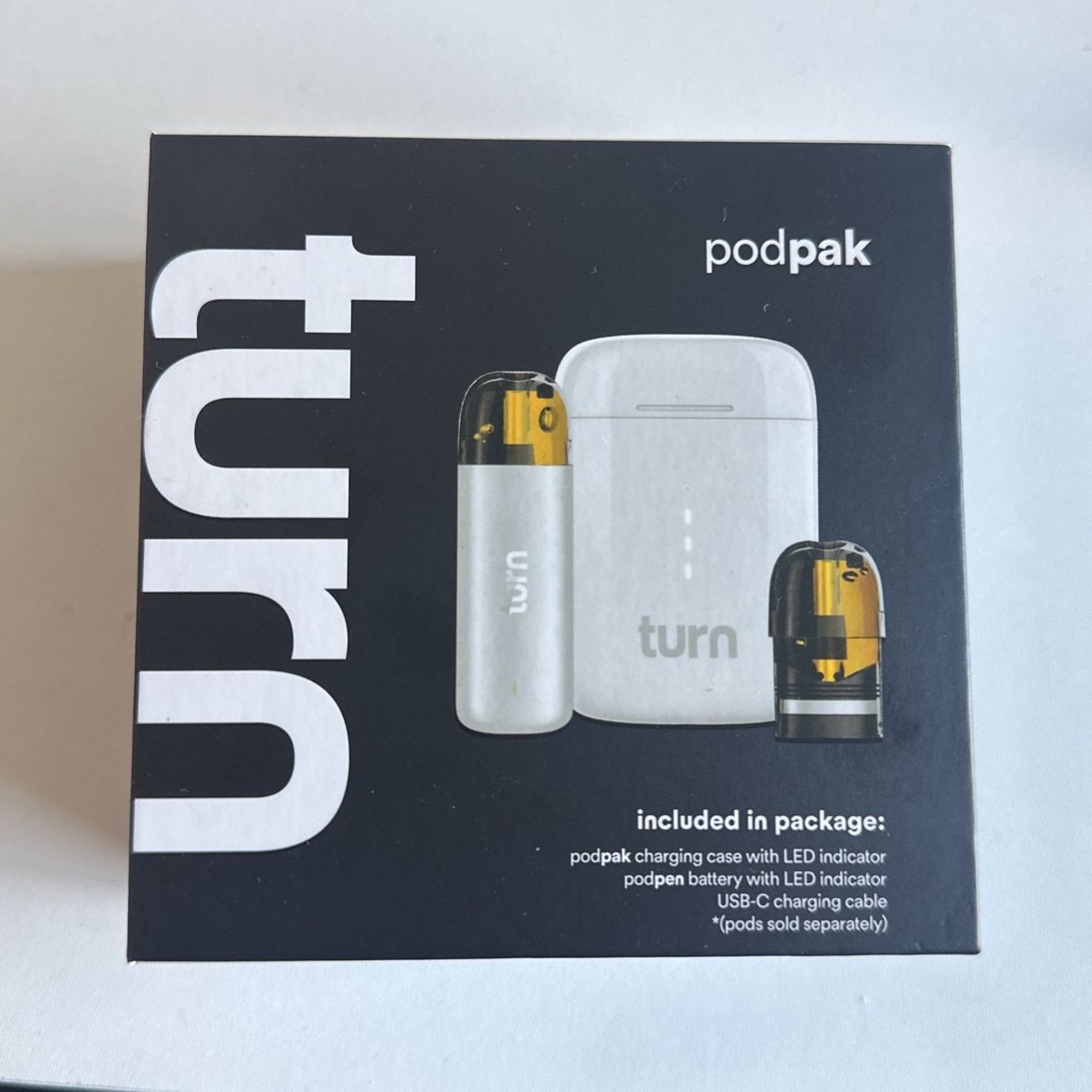Turn Products High-Demand Vape Pens: Industry Trends and Insights
Turn Products High-Demand Vape Pens: Industry Trends and Insights
Blog Article
The Environmental Influence of Non Reusable Vapes: Are They Really Lasting?
As culture progressively shifts in the direction of eco-conscious usage practices, the sustainability of products has actually come under examination especially in the past. Disposable vapes, a flourishing market segment in the vaping market, have actually stimulated disputes regarding their environmental effect. The comfort and simplicity of usage that non reusable vapes provide are undeniable, but underneath the surface area exists a complicated web of environmental repercussions that raise inquiries about their true sustainability. With worries ranging from resource extraction to lose disposal, diving right into the ecological footprint of disposable vapes unveils a diverse concern that should have more detailed evaluation.
Environmental Effect of Non Reusable Vapes

Unlike standard vapes that can be filled up and recycled, disposable vapes are made for a single-use cycle, resulting in a quick accumulation of electronic waste. The production procedure of disposable vapes likewise consumes useful sources and energy, more intensifying their ecological footprint. Inappropriate disposal of these devices can cause dirt and water contamination, positioning threats to wildlife and environments.

Production Refine and Source Usage
During the production of disposable vapes, substantial amounts of sources and energy are eaten, contributing to their general environmental influence. Additionally, the production of disposable vapes often includes the usage of non-renewable resources, further depleting limited materials.
In addition, the manufacturing of non reusable vapes additionally generates waste and air pollution. The production process of disposable vapes plays a considerable function in their general environmental footprint and sustainability considerations.
Waste Generation and Disposal Difficulties
Due to the resource-intensive manufacturing procedure of disposable vapes, the administration of waste generation and disposal presents considerable environmental challenges. Disposable vapes contribute to the mounting concern of digital waste as a result of their single-use nature and facility structure. The batteries, wiring, and plastic elements of disposable vapes make them difficult to recycle efficiently, leading to a significant quantity of e-waste finishing up in garbage dumps. Improper disposal of these devices can cause unsafe chemicals seeping right into the soil and water, posing risks to ecosystems and human health.
Moreover, the improper disposal of non reusable vape cartridges, which commonly include residual pure nicotine and other poisonous materials, can pollute the setting if not handled appropriately. The absence of standardized recycling programs for these cartridges worsens the problem, with several finishing up in regular waste streams.
To resolve these waste generation and disposal difficulties, it is necessary for producers to design even more sustainable vape products that are easier to reuse. Additionally, boosted awareness and education on correct disposal techniques amongst consumers are vital in reducing the ecological impact of disposable vapes.
Chemicals and Poisonous Products Use

Additionally, the batteries in non reusable vapes contain heavy steels such as cadmium, lithium, and lead, which are unsafe to the atmosphere otherwise reused appropriately. Turn products. Incorrect disposal of these batteries can bring about soil and water contamination, presenting threats to communities and human health and wellness. The widespread use of chemicals and hazardous products in non reusable vapes emphasizes the relevance of taking on lasting practices in their use, disposal, and production to mitigate unfavorable environmental effects.
Lasting Alternatives and Solutions
What lasting choices and options can be applied to resolve the ecological influence of non reusable vapes? Furthermore, promoting responsible disposal techniques for non reusable vapes, such as reusing programs, can assist mitigate the environmental effects linked with these products.
Another sustainable remedy is the advancement of naturally degradable vape components. Manufacturers can explore utilizing naturally degradable materials for vape coverings, cartridges, and product packaging to decrease the long-term ecological effect of these products. Urging the use of vaping products with fewer chemical additives and contaminants can additionally contribute to an extra lasting vaping market.
Education and recognition campaigns can play a vital function in advertising sustainable techniques among vapers - Turn products. By educating consumers regarding the environmental effect of disposable vapes and highlighting the advantages of green alternatives, people can make more informed choices that line up with environmental conservation initiatives. Eventually, a mix of governing procedures, technical innovations, and customer activities is vital find here to attend to the ecological challenges positioned by non reusable vapes
Conclusion
Finally, the ecological impact of disposable vapes is considerable as a result of the production process, resource consumption, waste generation, and use chemicals. Sustainable alternatives and solutions must be considered to reduce these negative effects. It is important for makers and customers to focus on this contact form eco-friendly practices to reduce the environmental damage brought on by non reusable vapes.
The ecological effect of non reusable vapes is a growing worry as their prevalent use contributes to plastic waste build-up.Unlike traditional vapes that can be re-filled and recycled, non reusable vapes are created for a single-use cycle, leading to a rapid buildup of electronic waste. The widespread usage of chemicals and harmful products in disposable vapes emphasizes the value of adopting lasting practices in their production, disposal, and usage to minimize negative environmental impacts.
By educating consumers regarding the ecological effect of non reusable vapes and highlighting the benefits of green options, people can make more educated selections that align with ecological preservation efforts.In final thought, the ecological impact of non reusable vapes is substantial due to the production procedure, source consumption, waste generation, and use of chemicals.
Report this page